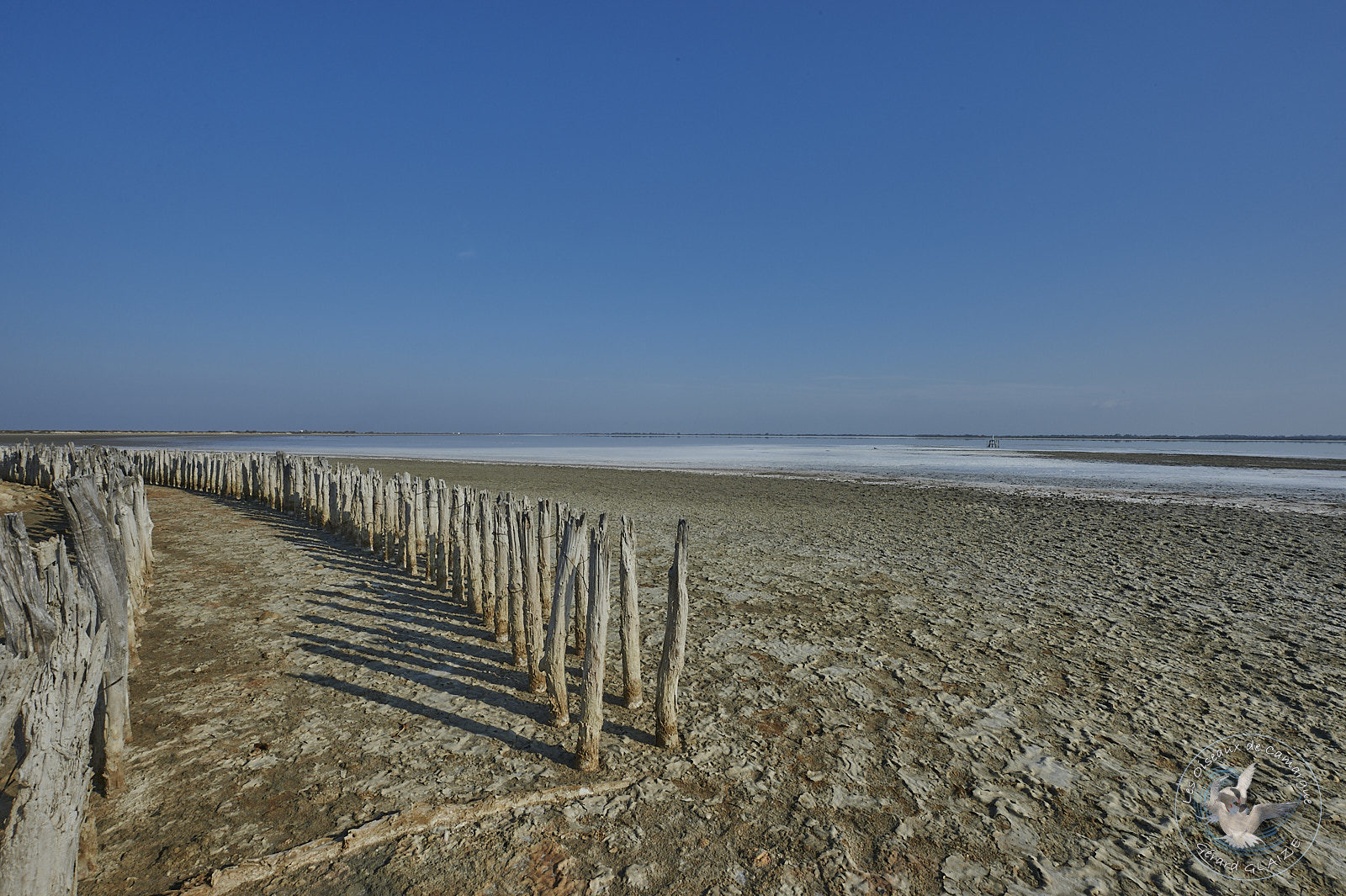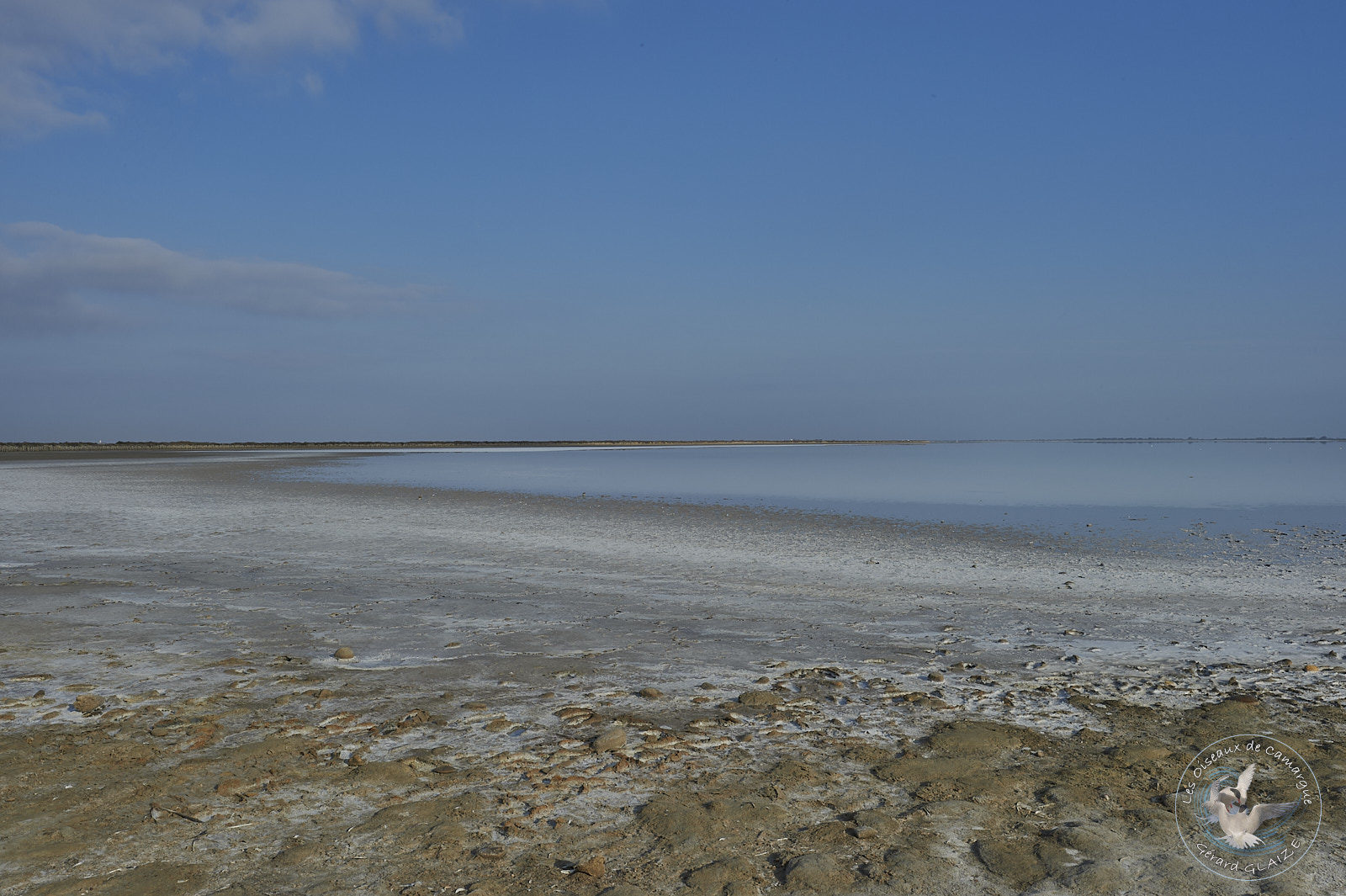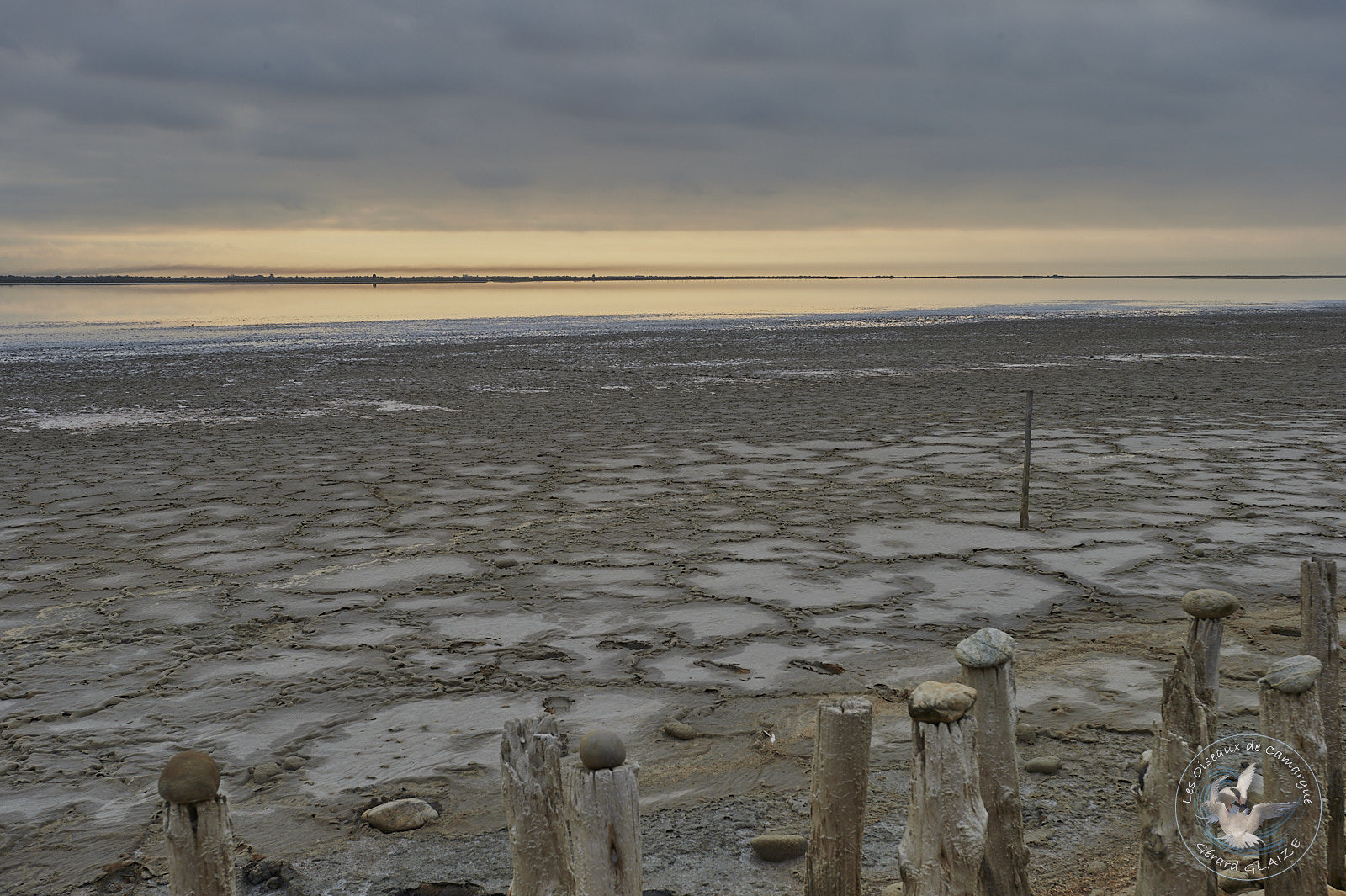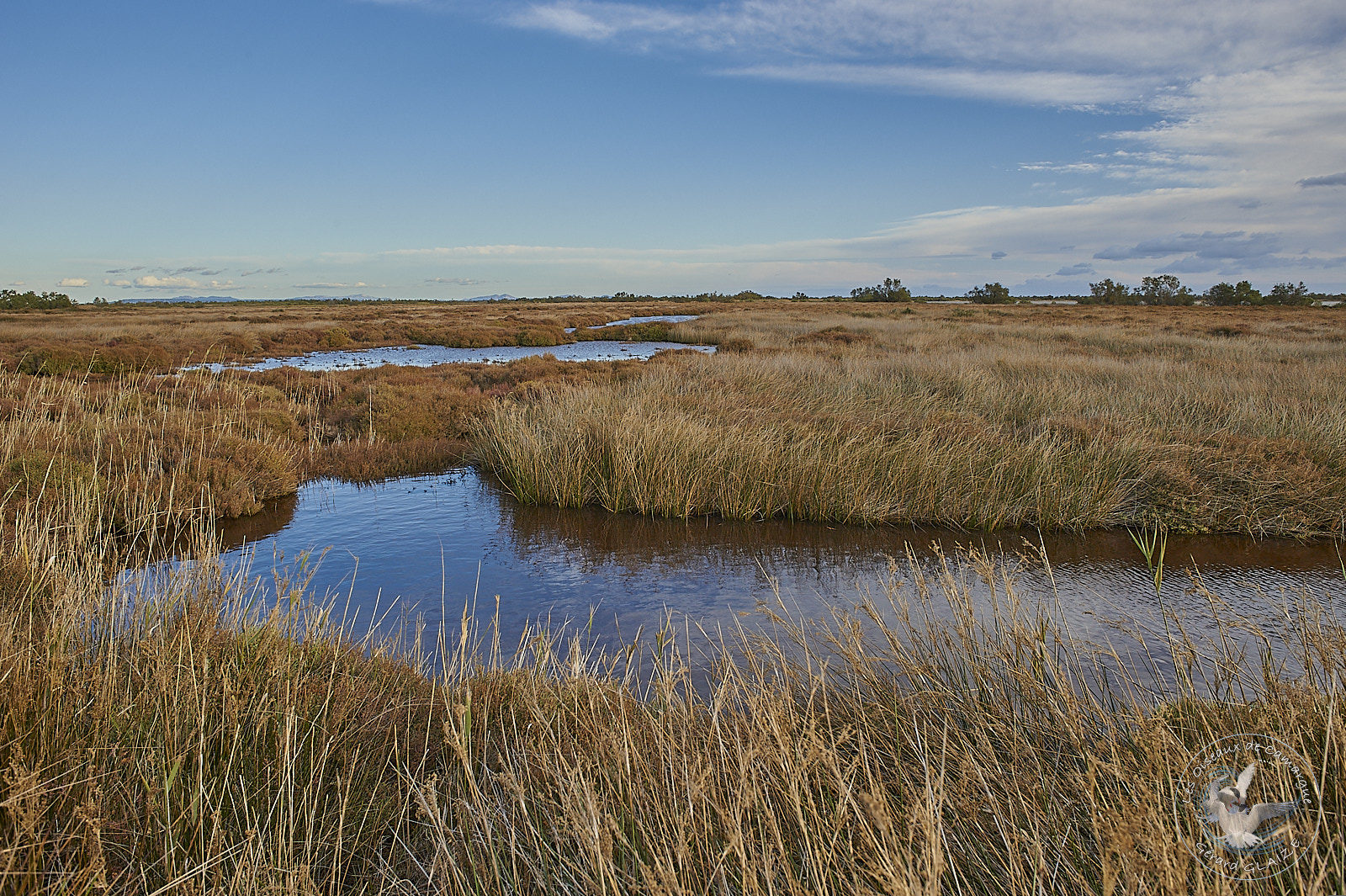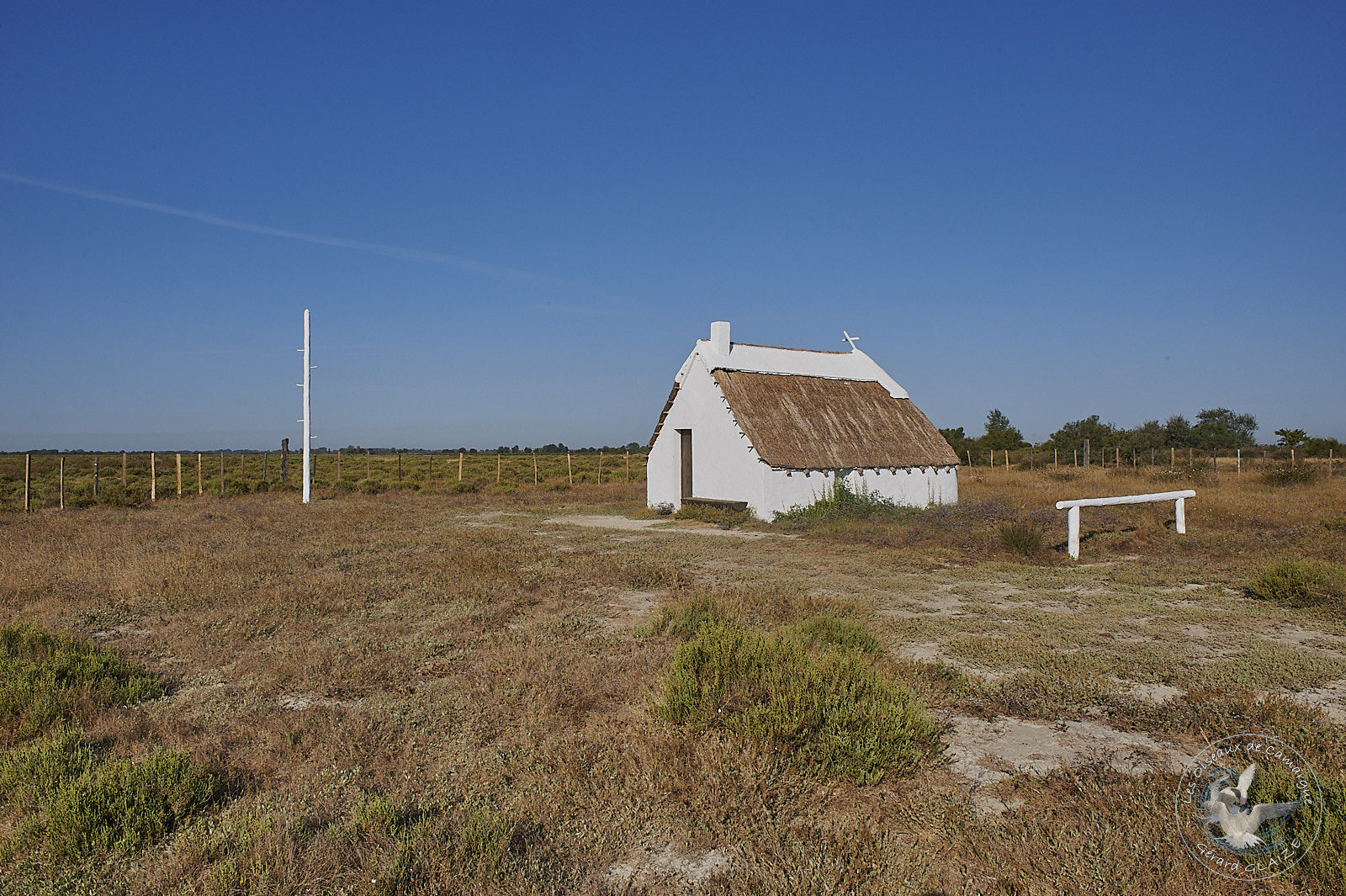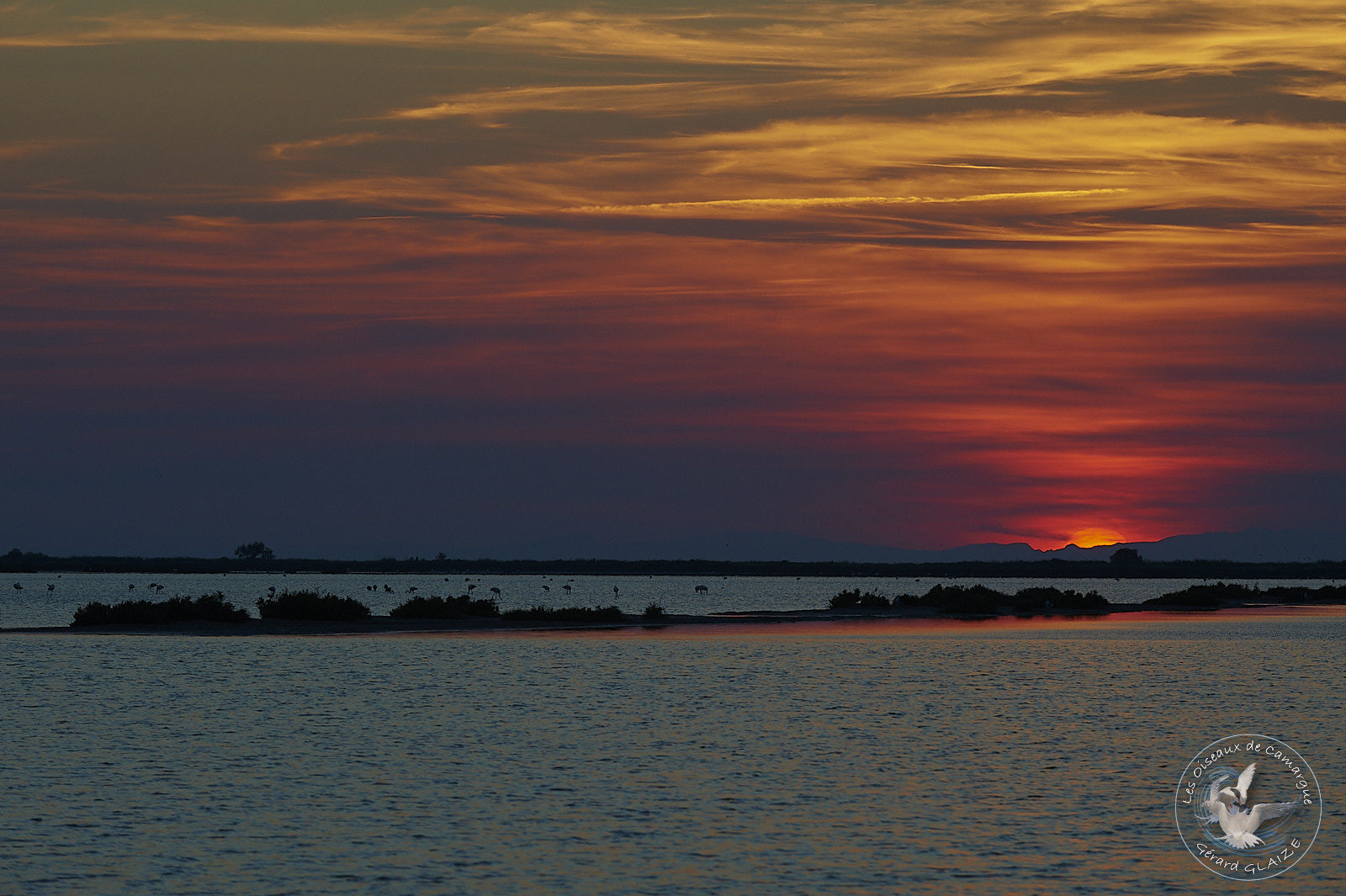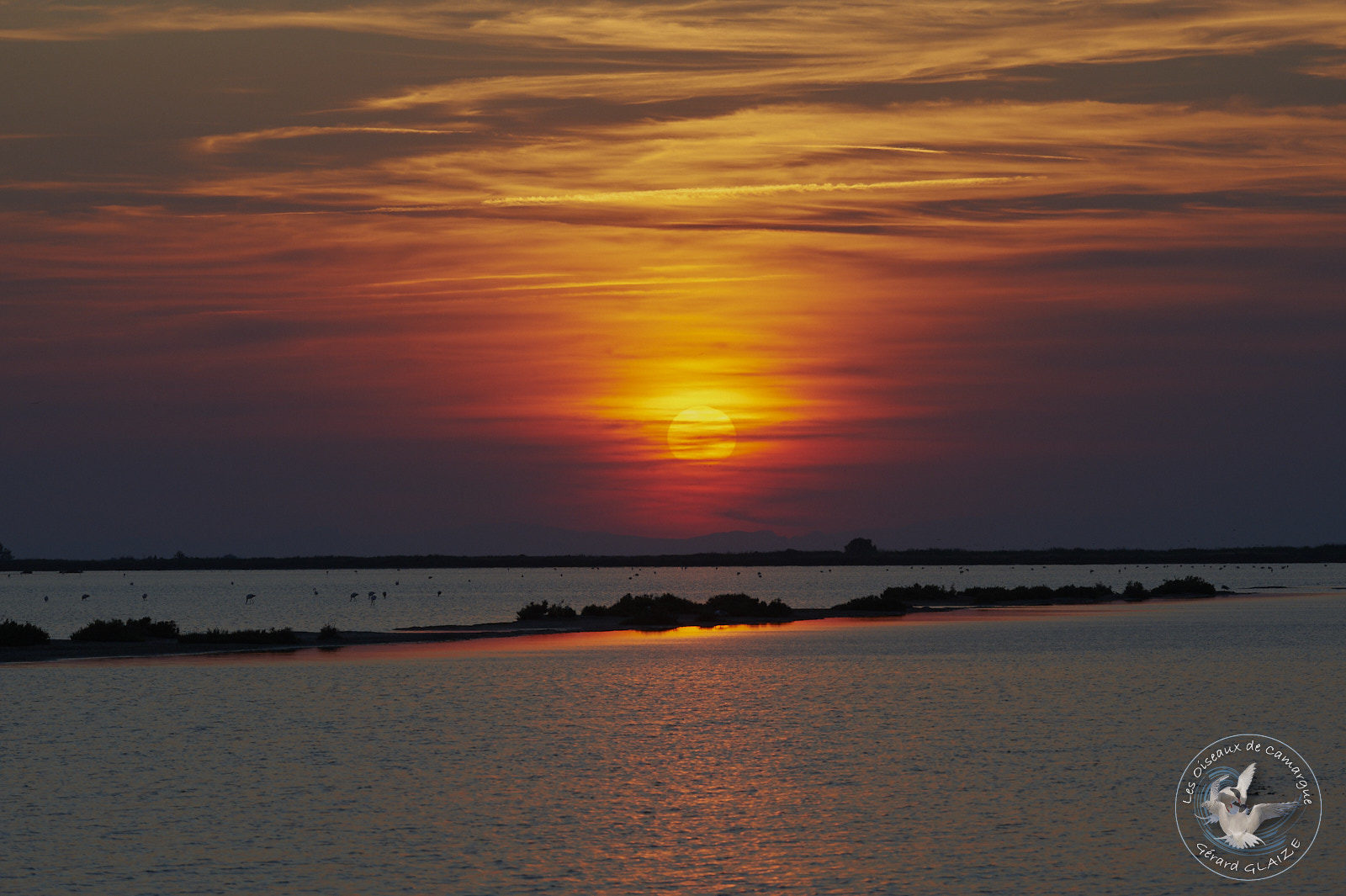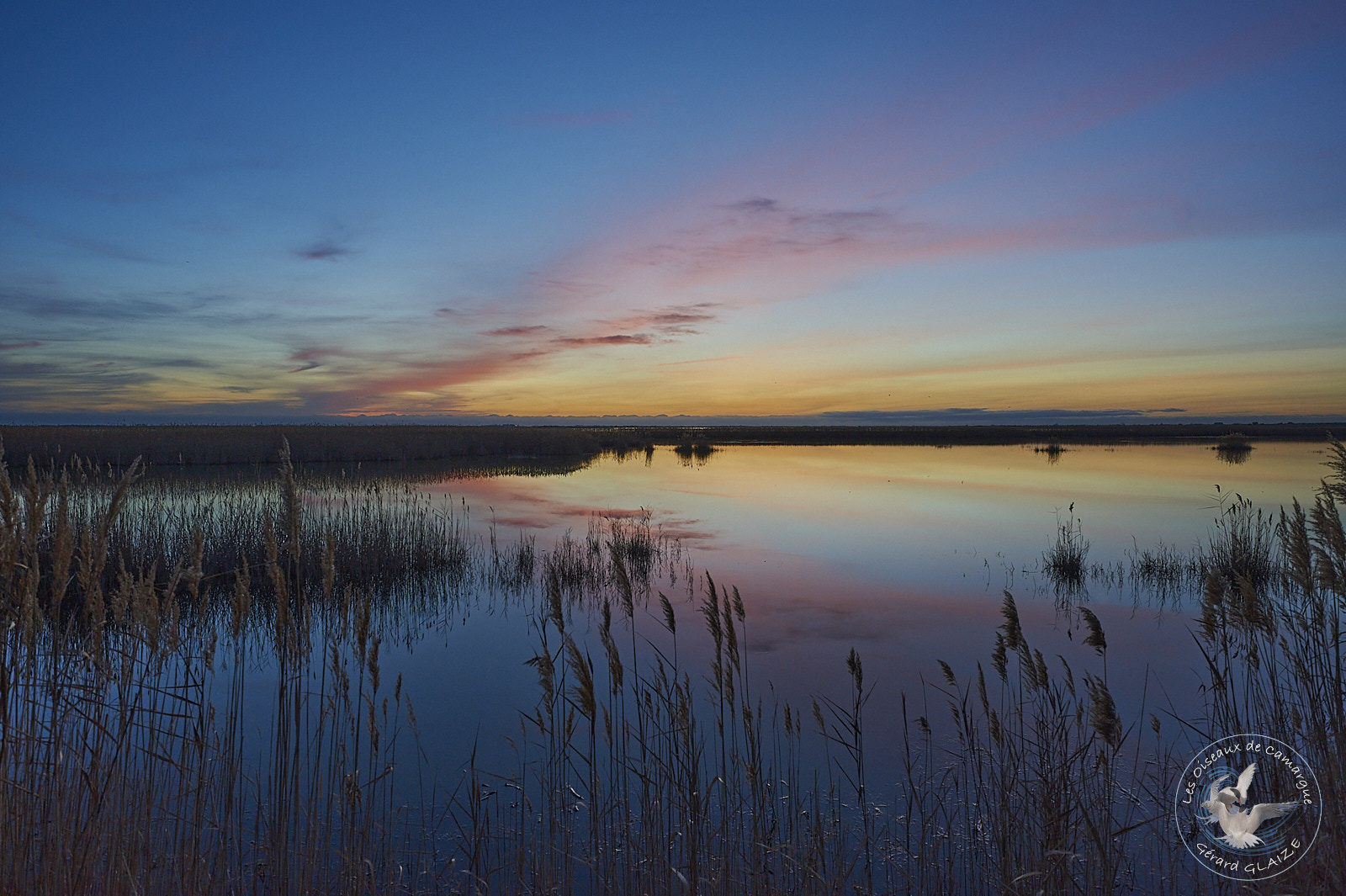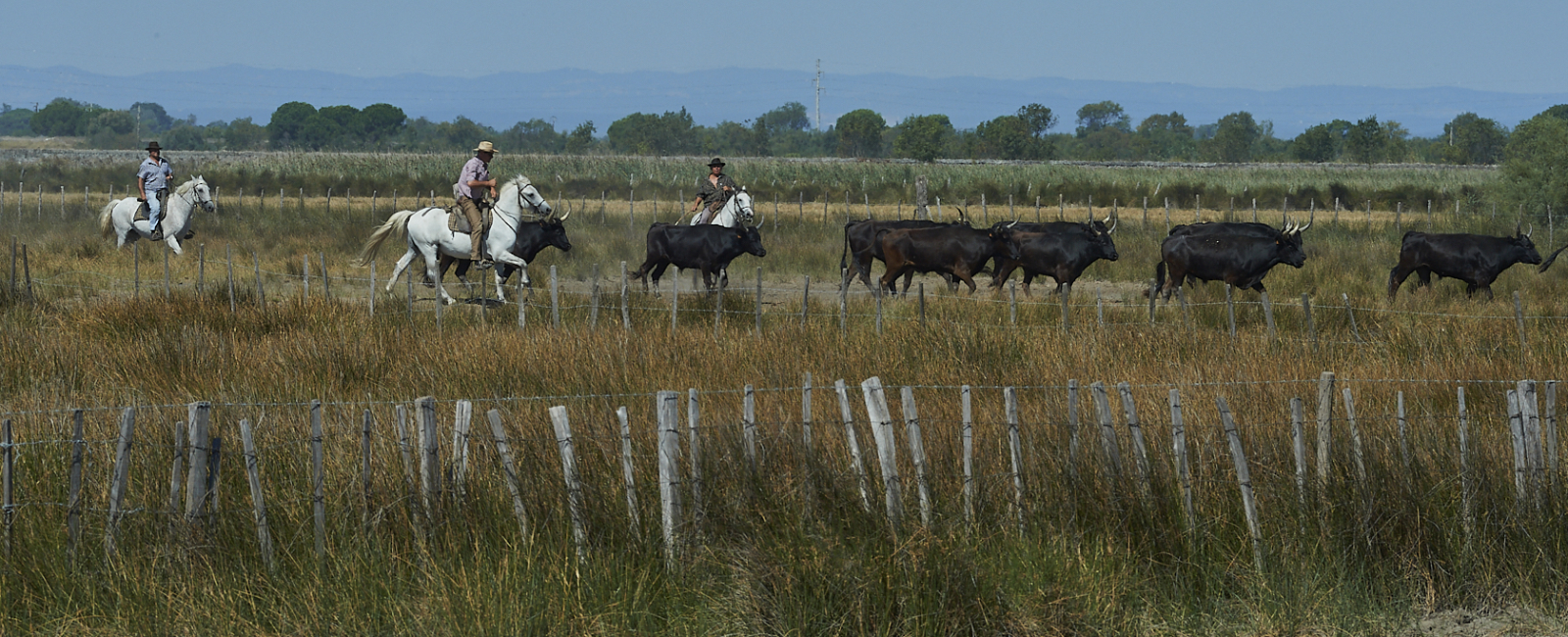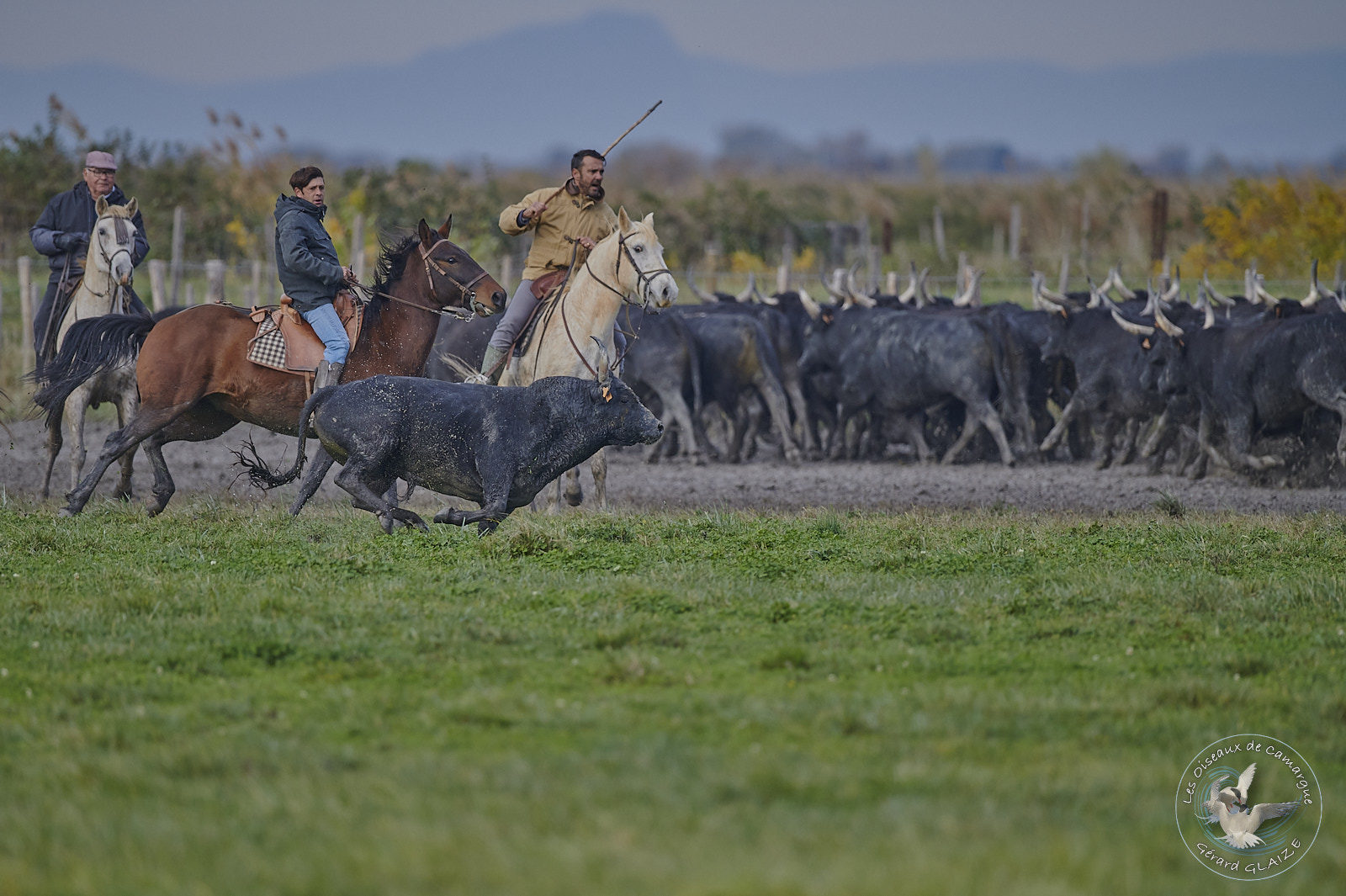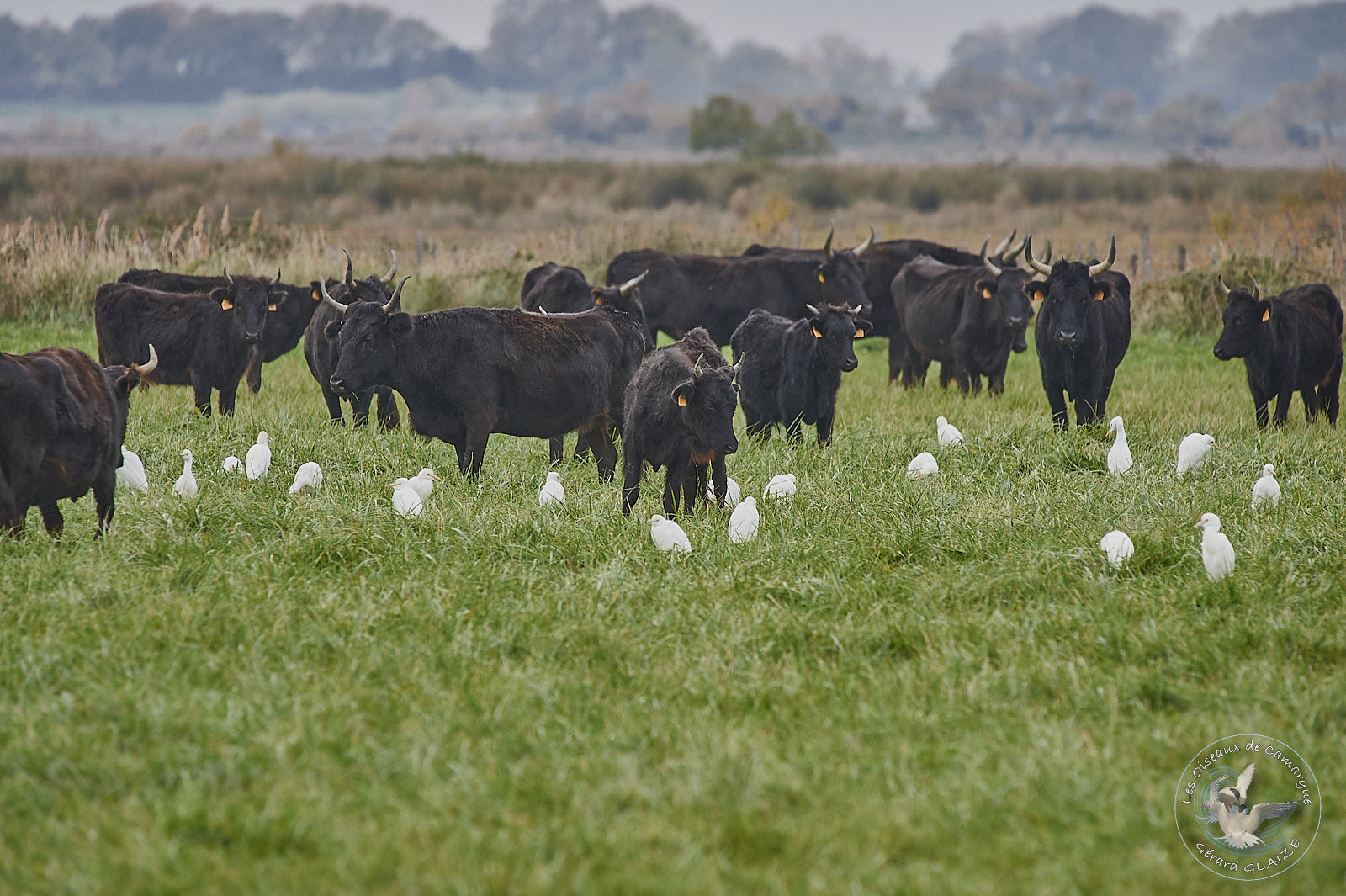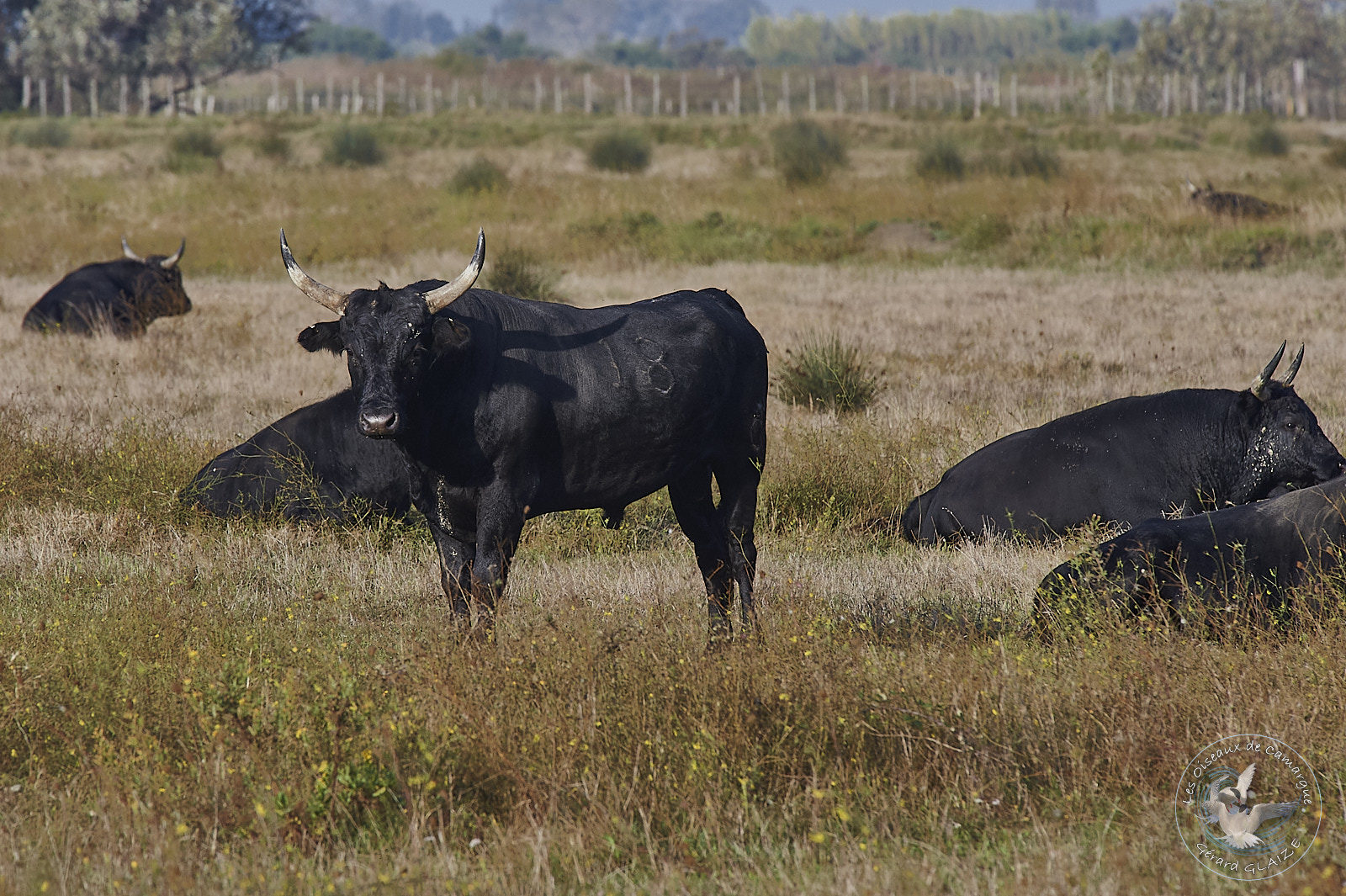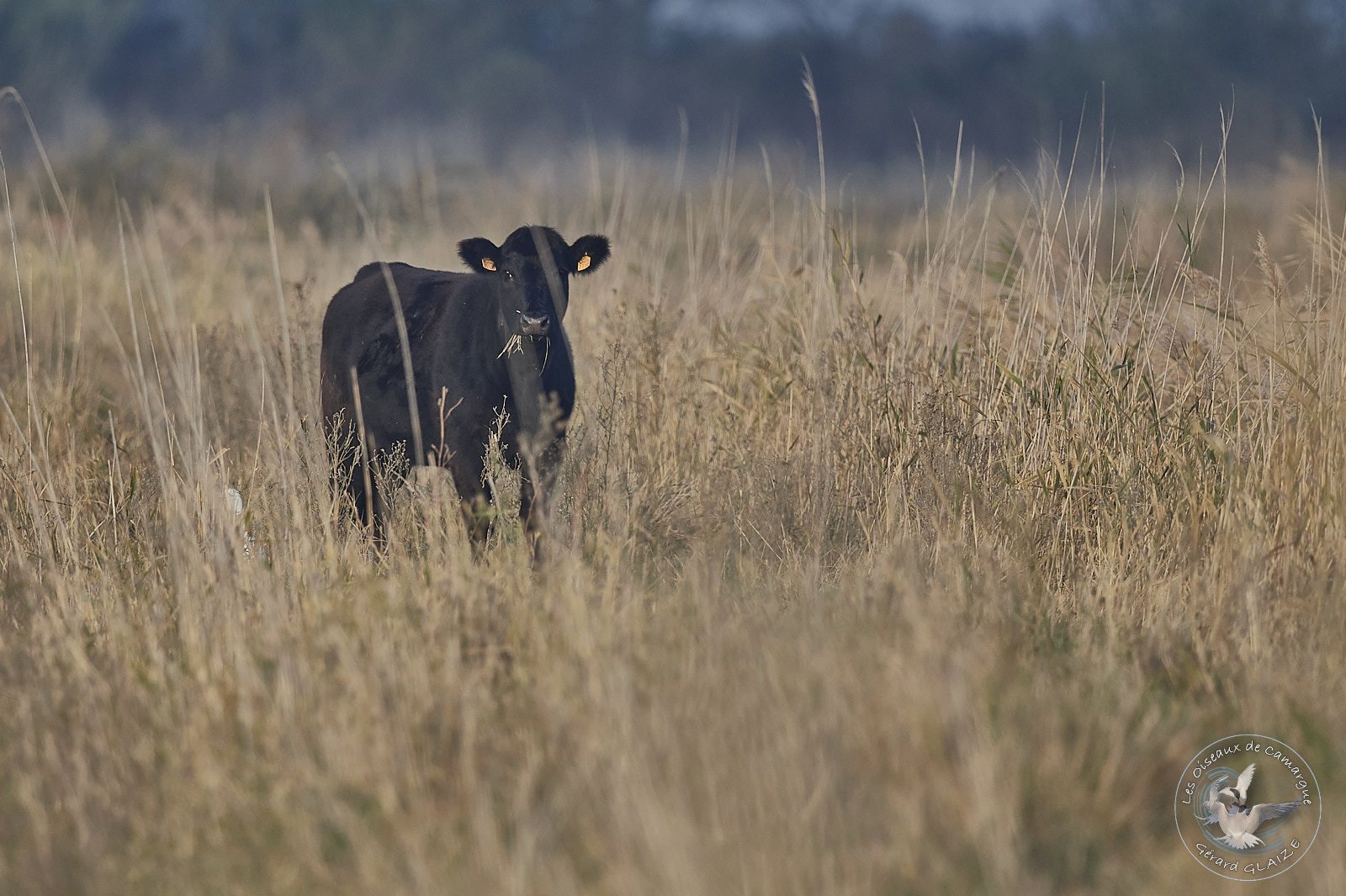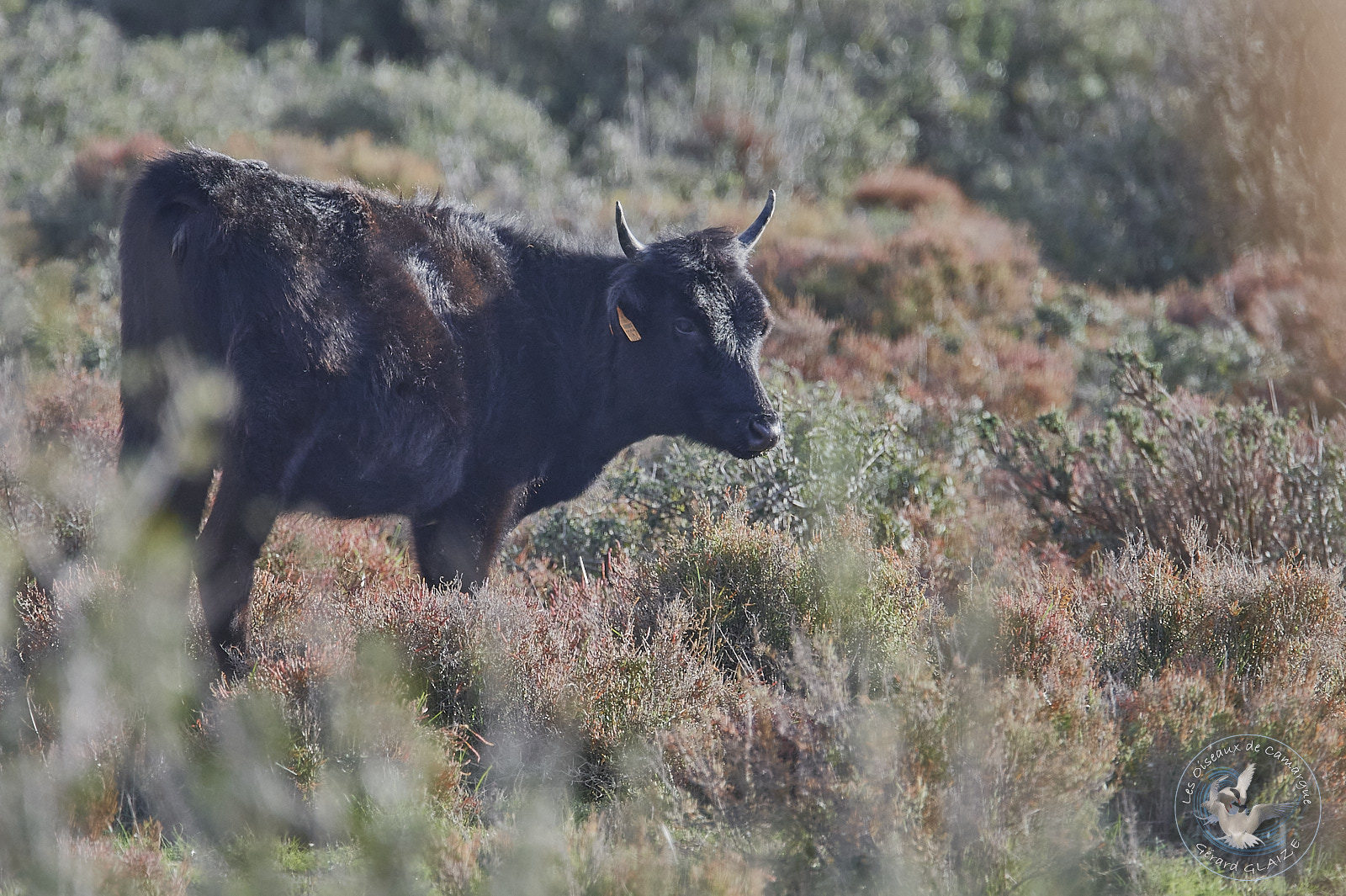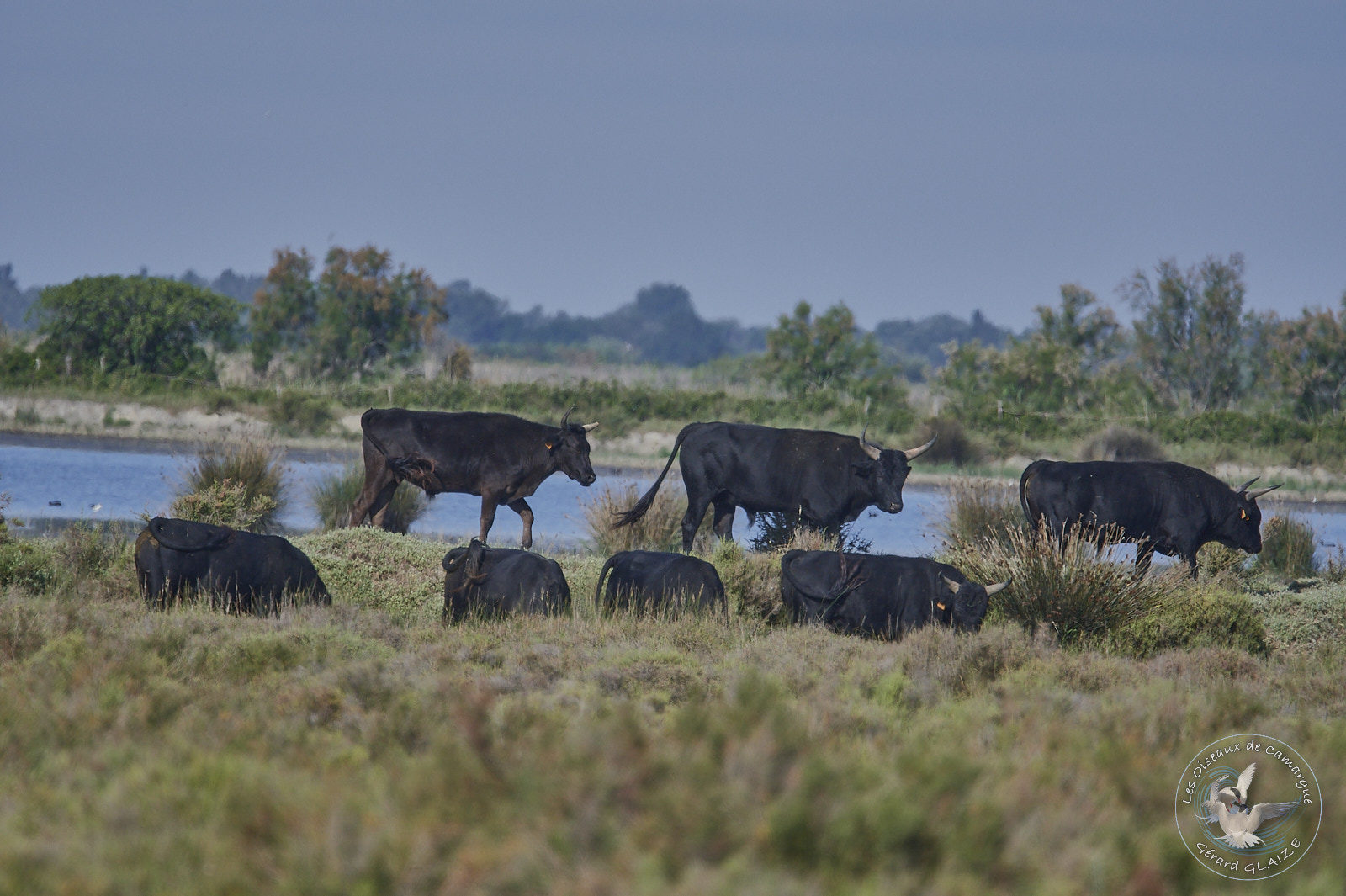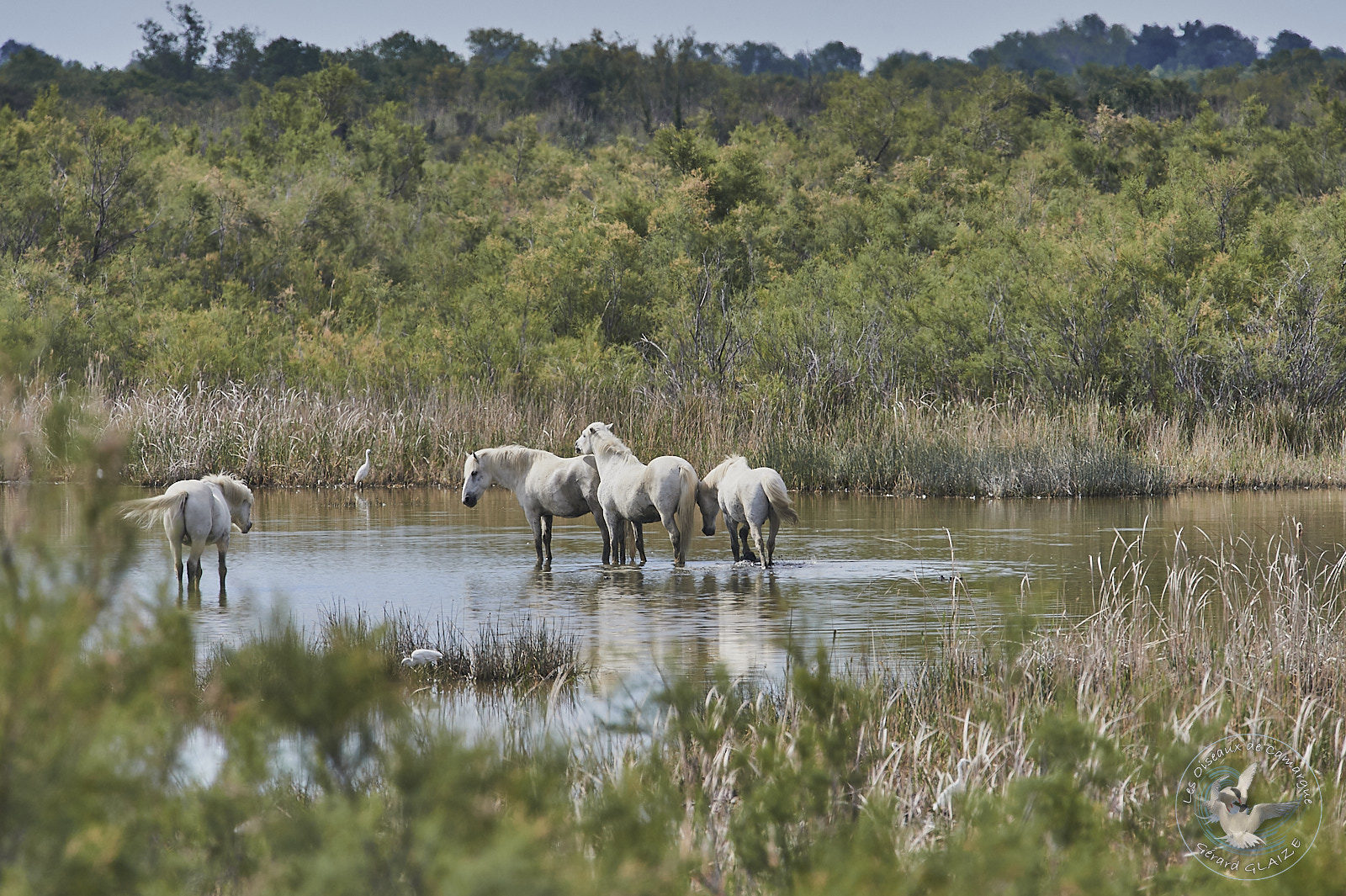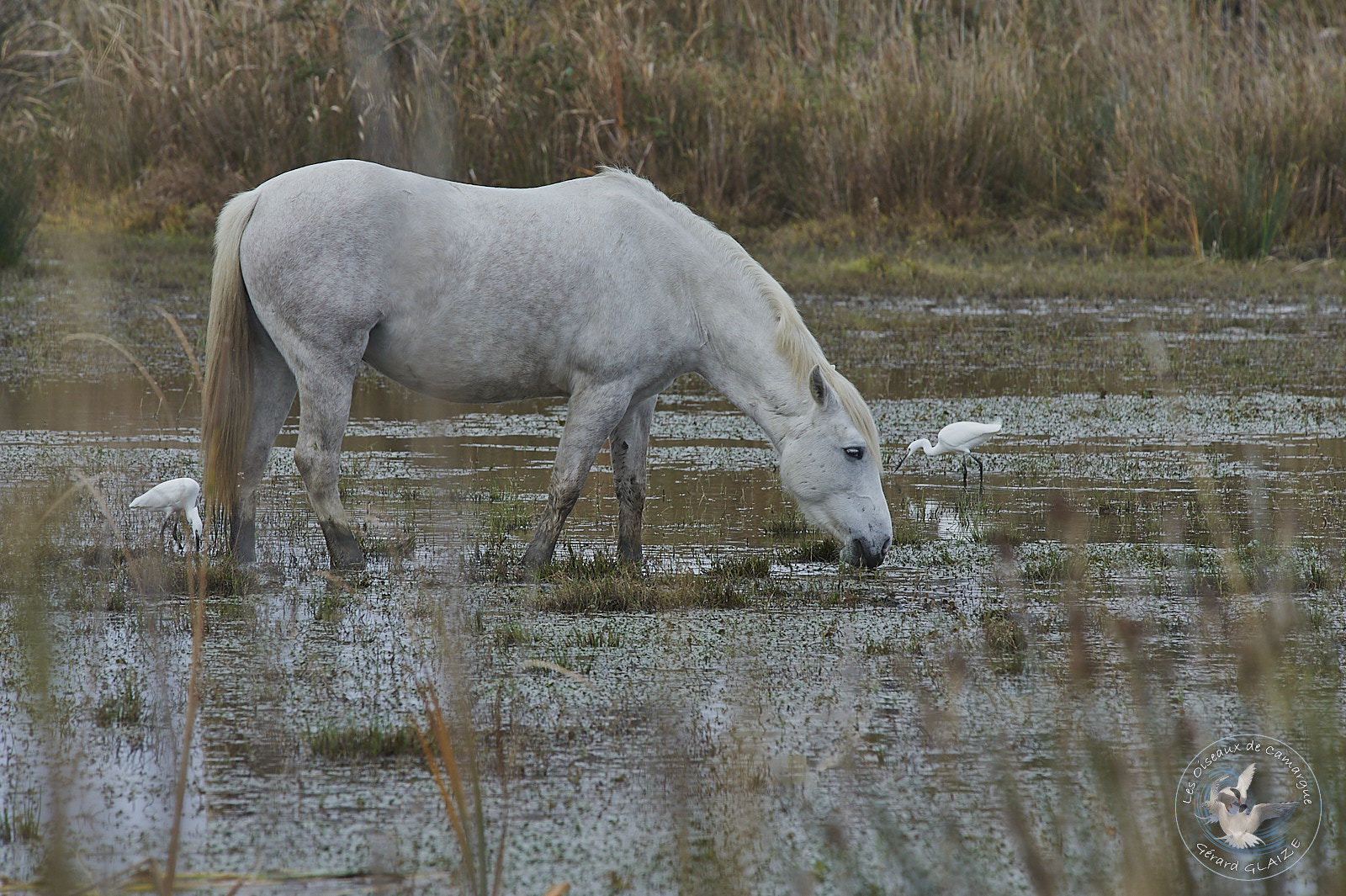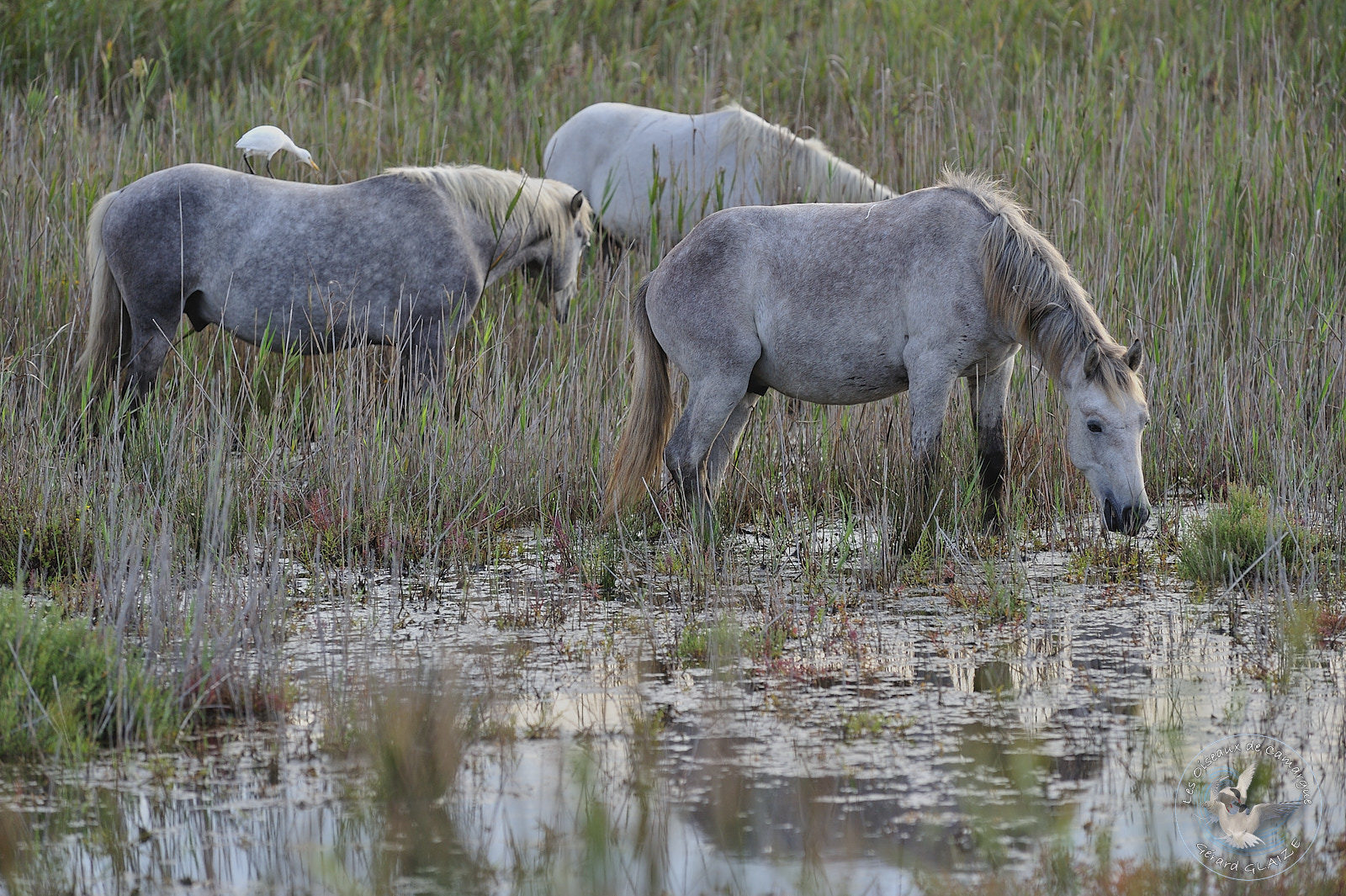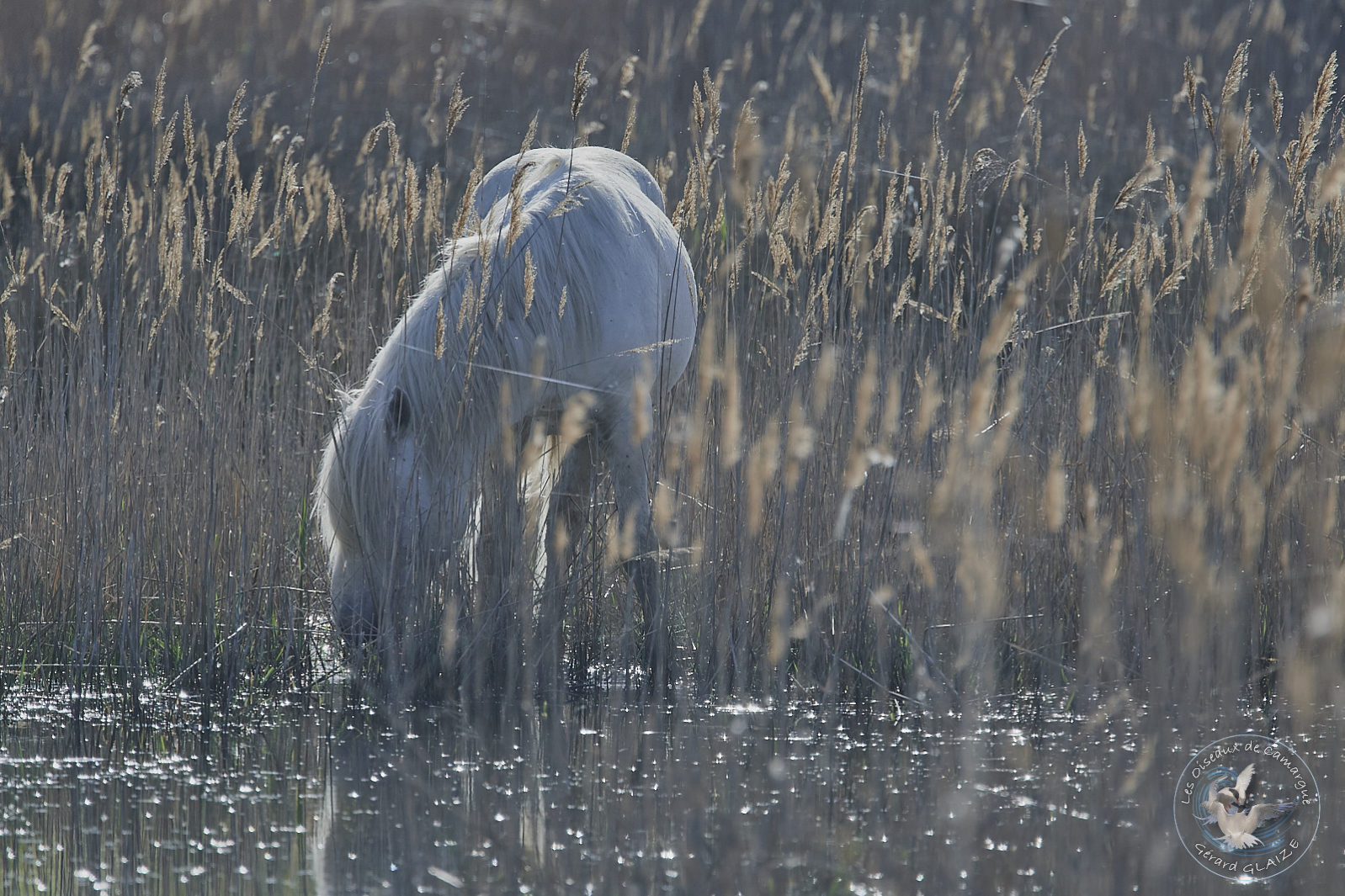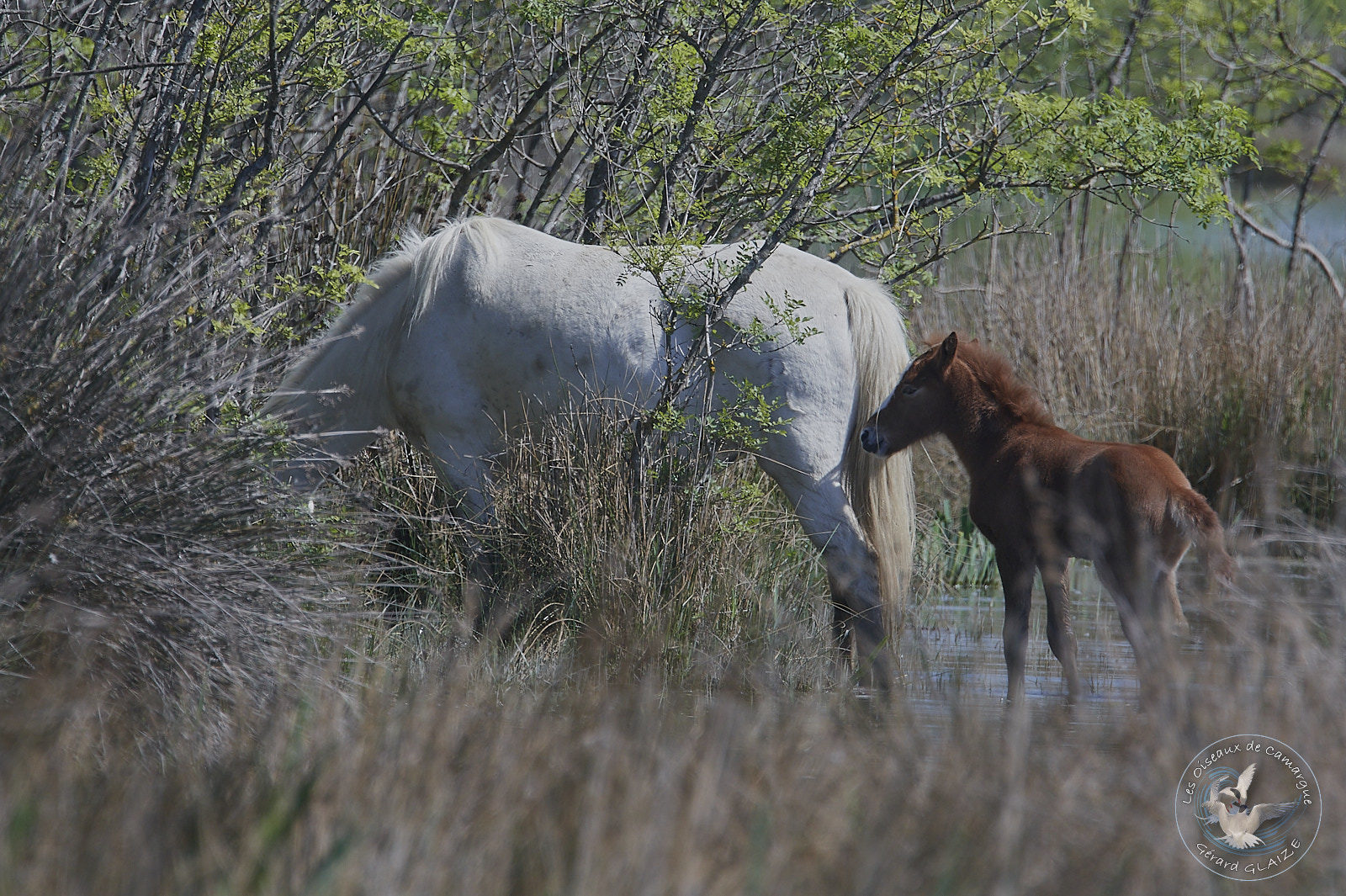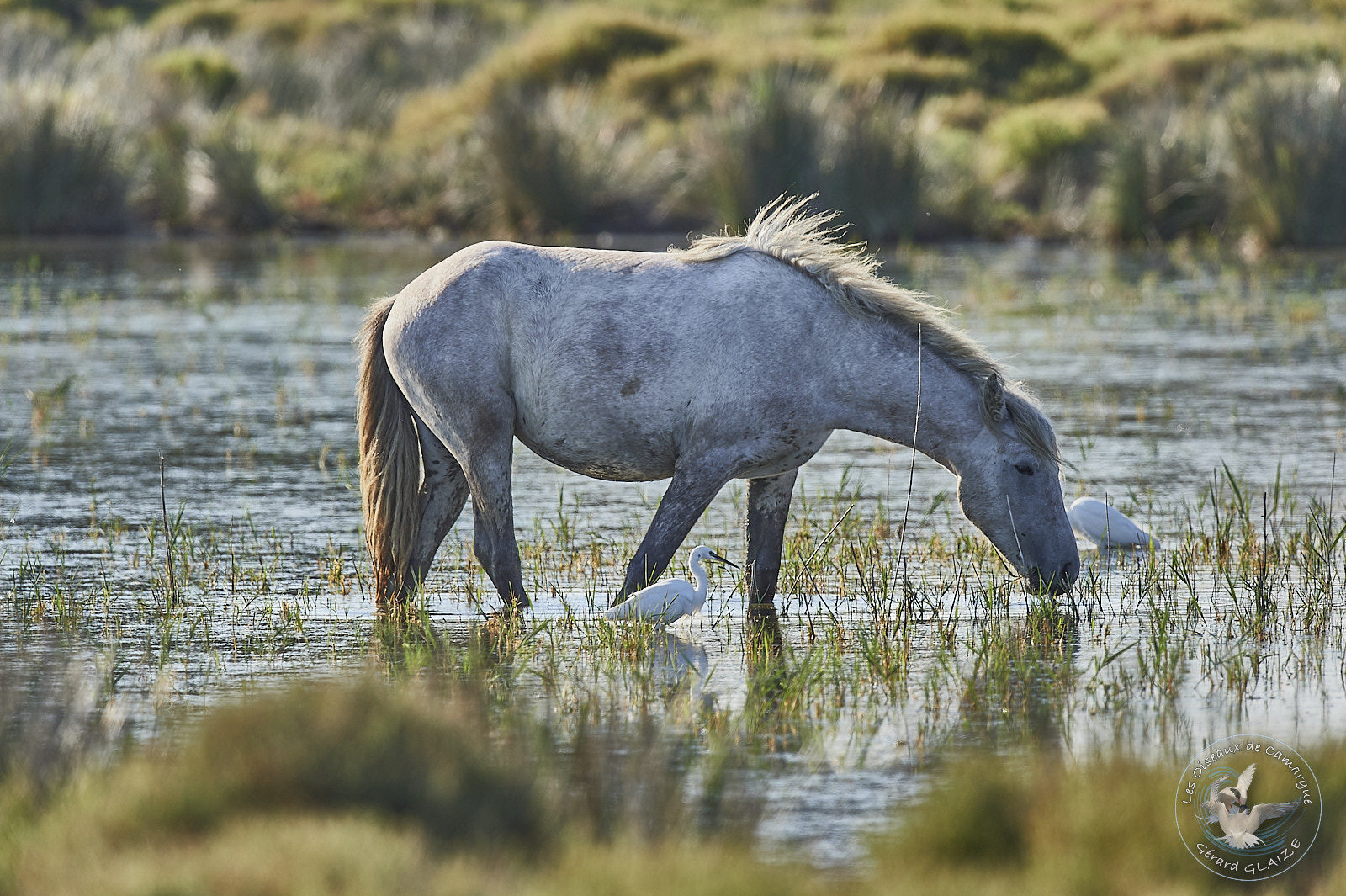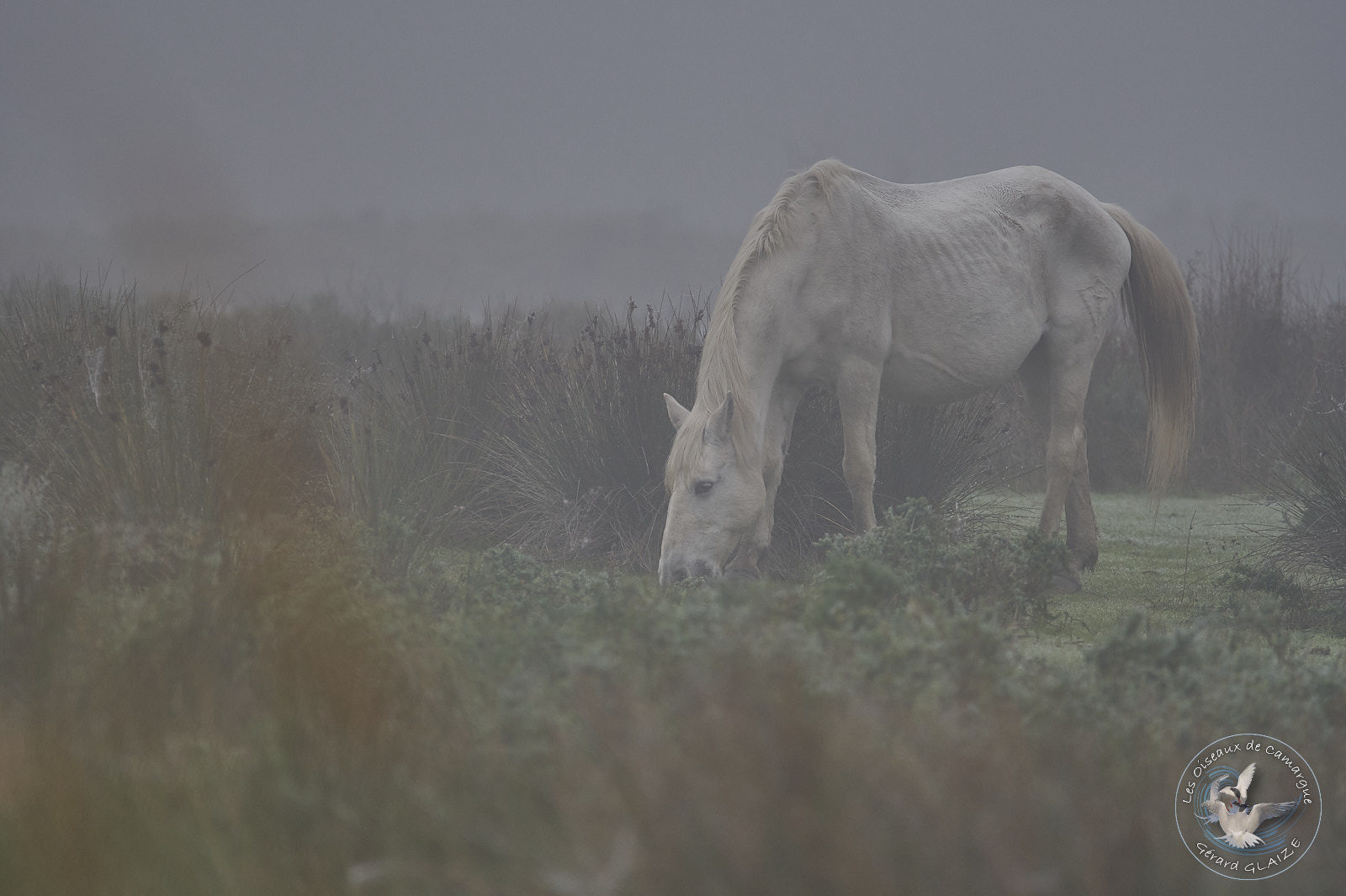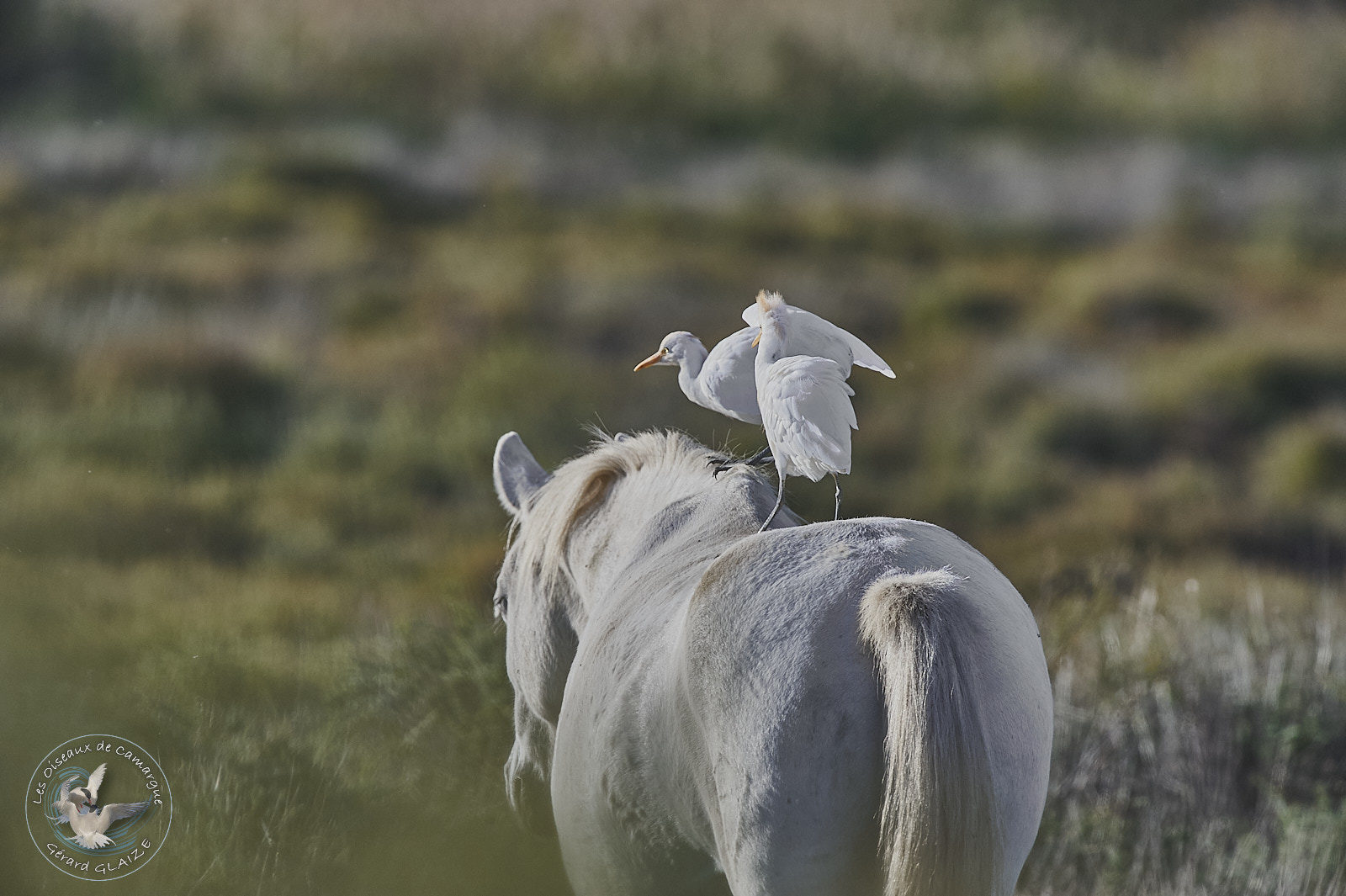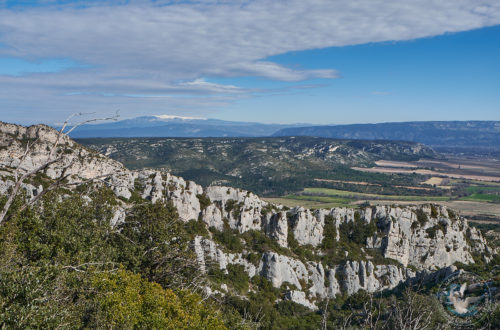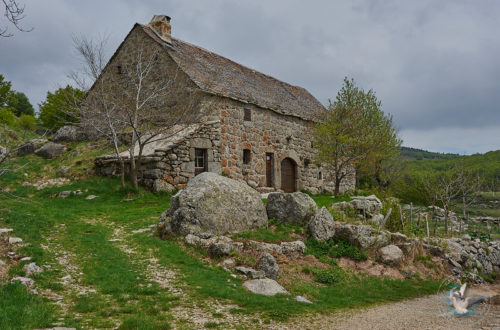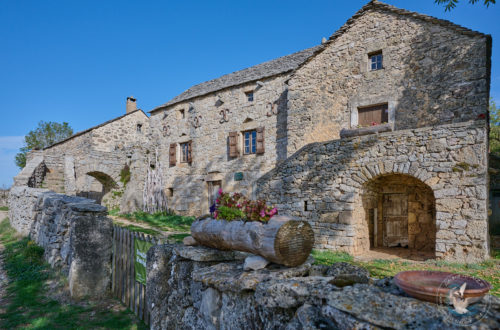The Camargue
The Camargue paradise for birds between land and water
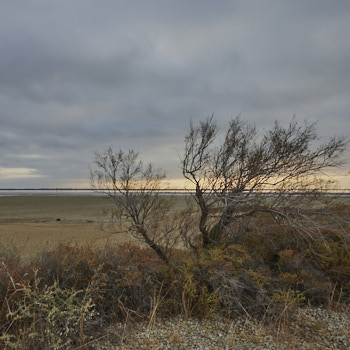
The Camargue is undoubtedly a paradise for birds. These ensured the international reputation of the Camarque by their variety. This region has more than 350 species of sedentary or migratory birds. This is a wintering place for many species (mallards, teals, tigers, etc.).
The Rhone Valley is an important migration corridor for many species that stay throughout Europe. It is an area of international importance for migration.
Geographic location
The Camargue is the kingdom of water. The Camargue is a region located between the two main arms of the Rhône delta, to the east the Grand Rhône, to the west the Petit Rhône. It is a vast alluvial plain of more than 85,000 hectares. The Rhône delta is the second largest in the Mediterranean after that of the Nile. This essentially lacustrine region has many marshes and ponds, the most important being the Etang du Vaccarès.
This one is included in a geographical triangle of the Cities of Arles to the North, Saintes Maries de la Mer to the West, and Port Saint Louis du Rhône to the East. Both are located on the Mediterranean coast. Much of the Camargue is part of the municipality of Arles, making it the largest municipality in France (in area). The other part is part of the municipality of Saintes Marie de la Mer (second largest municipality in metropolitan France).
Life in the Camargue is inseparable from the Rhône and the sea. However, between 1942 and 1984, the Camargue lost nearly 35,000 hectares of wetlands. However, the Camargue remains a wetland of international importance, hosting a world biosphere reserve. It shares with the deltas of the Danube and the Guadalquivir the title of the richest wetland in Europe. The Camargue is listed on the “Ramsar convention” since December 1, 1986; the Petite Camargue has been registered since January 8, 1996.
See the Camargue Map on Google Map
Landscapes of Camargue
The Camargue is made up of fairly varied habitats that shape the landscape.
- Landscapes of ponds, marshes and brackish lagoons,
- Landscapes of sansouires, dunes and beaches,
- Landscapes of rice fields and crops.
The sansouïre is found on low and salty land. Rainwater largely floods this environment in winter. Clay soil dries out in summer and cracks to reveal whitish salt stains.
The Camargue is a secret territory, which is quite difficult to discover at first sight. The numerous marshes, roubine ponds, as well as numerous fences do not facilitate the approach to this territory. It is a very flat region, which does not offer a three-dimensional space like the mountain. The elevations do not exceed ten meters and do not favor observation. However, many observation points and routes have been set up for hikers.
Camargue can be divided into four main sectors :
- The “Plan de Bourg” to the east, located between the Grand Rhone and the Crau plain.
- The Camargue itself between the two arms of the Rhone.
- The small Camargue in the South West, located between the small Rhone and the towns of Aigues Mortes and Grau du Roi.
- The Camargue Gardoise to the northwest. “Site du syndicat mixte de la Camargue Gardoise”
The Camargue regional natural park :
The Camargue has been part of the “46 parcs naturels régionaux” that counts France. This park, with an area of 84,800 hectares of land, 34,300 on the sea, extends mainly over the municipalities of Arles and Saintes Marie de la Mer. It is the largest wetland in France. These wetlands have exceptional biodiversity.
Vegetation in Camargue
The Camargue is a subtle alchemy between fresh water and salt water. This region is in a situation of flooding in winter and drought in summer. This led to the development of a very particular Flora. Lands are oversalted because during the summer period the effect of evaporation is very important. The salt rises to the surface, the earth splits and turns white.
The sansouire :
On the saltiest lands, glasswort forms a particular landscape, the sansouire. The tree most frequently encountered in the Camargue is the Tamarisk. It is one of the few trees to withstand the salinity of the soil.
The violent wind that is the “Mistral” also shapes the landscapes of the Camargue, fallen trees and dunes.
Halophilous species (salt-loving species) such as Salicornia, Soda, or Saladelle have made the reputation of the Camargue wetlands. They form the sansouire. This salt-dominated vegetation turns green in spring, gray in summer and red in winter. Sansouire is a Mediterranean term for grassy ecosystems, Mediterranean halophilic meadows composed of salicornia. The sansouire also welcomes the enganes. It is sometimes called a salt meadow, a schorre or a herbu (biotope covered with grass or herbaceous plants).
The reedbeds :
In the Camargue, the reed is abundant in fresh and slightly brackish water marshes. The grazing of bulls and horses limits its extension, as well as the salinity to which it is very sensitive. The reed (phragmites australis), it belongs to the grass family, like wheat and corn. It is a plant especially of plains, of calm, shallow waters and which likes soils rich in nitrogen.
The stems are annual, the underground parts consisting mainly of rhizomes are perennial. The reeds have a height between 40 cm and 3 meters. Young shoots appear in early March and bloom in the first days of summer, then the reeds dry up and turn yellow. Reproduction is mainly from rhizomes. In the Camargue the reed is used to make roofing, fodder and bedding. The large expanses of reeds called “reed beds” also constitute a biotope and a habitat for many birds.
The mosquito in Camargue
There are 40 species of mosquitoes of which only 10 species bite. Females collect proteins from human blood necessary for the maturation of their eggs. Mosquitoes are annoying to humans. However, it is very useful for many species: dragonflies, fish, swallows, bats… which feed on it. It is therefore an essential link in the biodiversity of the Camargue.
Man and agriculture in Camargue
Rice cultivation:
The main agricultural activity in the Camargue is rice growing, thus the embankment of the Rhône and the means of irrigation developed have made it possible to extend this culture over time. Of the 22,000 hectares of rice cultivation, only 1,400 hectares are produced organically. Camargue Natural Park has set itself the goal of reaching 20% of the areas exploited in organic farming by 2020. Reduction in the use of pesticides should apply for the remaining 80%, and make it possible to improve the ecological state of aquatic environments. The approach initiated by the entire Camargue rice sector to produce irreproachable quality while respecting the environment was rewarded in 2000 by obtaining the Protected Geographical Indication (I.G.P Riz de Camargue).
Breeding of bulls and horses:
Camargue race
The essential goal of breeding Camargue bulls is first of all to prepare them for the Camargue race.
 tries to catch attributes fixed between the horns of the bull.
tries to catch attributes fixed between the horns of the bull.
This sporting game is very popular in Gard, Hérault, Bouches-du-Rhône, and Vaucluse. Each manade (breeding of Camargue bulls) has its badgers. These bulls are nervous and fast and we sometimes see spectacular barriers. Some of these cocardier bulls have become famous, and even have their status.
The Camargue racing season includes the Trophée des As which takes place in October, either in Nîmes or Arles.
Breeding in the manades
However, it was only at the end of the 1990s that bull meat became one of the rare types of beef to benefit from the Appellation d’Origine Contrôlée. The meat entitled to this designation is fresh meat from male or female cattle, born, raised freely in the open air and slaughtered in a geographical area located in part of the following departments: Bouches-du-Rhône, Gard, Hérault.
This breed has existed for a very long time in the Camargue region. Writings dating from the Gallo-Roman era already mention this breed. It is bred in semi-wild mode in herds, without the introduction of exogenous blood. We can therefore think that it has remained as it was two thousand years ago. He wears a shiny black robe and horns in the shape of a lyre, or very raised goblet. The mucous membranes are dark. The Camargue bull is imposing but relatively light, 1.40 m on average for males and 1.20 m for females, for 250 to 400 kg, hence its ability to race.
Camargue bull
Camargue Horse
Saliculture with the salt marshes of the Midi:
The exploitation of the salt marshes is controlled by the Compagnie des Salins du Midi et des Salines de l’Est (CSME), owner since 1969. It covers approximately 11,000 hectares, on the whole concentrated between the Vaccarès and the Grand-Rhône for an annual production of one million tons of salt. The sodium chloride collected remains an essential raw material for the chemical industry, mainly used by that of Port-Saint-Louis and Fos-sur-Mer. Located in the heart of the Camargue, the Giraud saltworks produce around 800,000 tonnes of salt per year, however production is being reduced and converted.
The culture of the reed called the sagne:
This culture of the reed called “Sagne” is used for the construction of thatched roofs. This unprofitable tradition, seven hundred years old, is disappearing in favor of mechanization. The traditional hand cut has therefore become rare since the 80s and continues to decline. Now it is a marginal activity. Harvesting sagne is a tradition, but technical developments have made it possible to develop machines for this demanding work.
The sagne is currently done by means of an amphibious tire machine or rafts. Mechanization has allowed farmers to increase the efficiency of the activity and to use plots that were previously impassable. However, mechanical cutting is less respectful of the ecological requirements of the fauna which finds refuge in the reedbeds.
The Vine and the wine of the sands:
The cultivation of vines in the Sable de Camargue is very old. We thus find letters from 1406 and 1431 from Charles VI and Charles VII. These first certificates regulate the sale of Vins de Sable on the territory of Aigues-mortes, capital of Vins des Sables. Vin des Sables is produced on the sandy coastlines along the coasts of the Gulf of Lion, between Les Saintes-Maries de la Mer and Cap d’Agde.
The main grape varieties of the Protected Geographical Indication (IGP) “Sable de Camargue” are: Cabernet franc, Cabernet Sauvignon, Carignan noir, Carignan gris, Cinsault, Grenache Noir, Grenache Gris, Merlot, Shiraz (70%); Secondary grape varieties: Aubun, Marselan, Tempranillo, as well as the grape varieties intended for the production of white wines.
Camargue Land of Pilgrimages and Traditions:
The pilgrimage of the Gypsies:
The Camargue is also a land of pilgrimage, so every year in May, the Gypsies pay homage to their patron saint “Sarah the black”, to the Saintes Maries de la mer. Marie-Jacobé and Marie-Salomé and Sara their servant found refuge on this shore, after being driven out of Palestine in a boat that had neither sail nor oar.
The pilgrimage of the Gypsies to Saintes Marie de la Mer takes place every year on May 24 to 26, but also on the 3rd weekend of October.
The Camargue Cross:
At the initiative of Marquis Folco de Baroncelli, the artist Hermann Paul created this cross in 1924. This cross associates the symbols of the Camargue people, guardians and fishermen, and symbolizes the three fundamental virtues :

- Faith symbolized by the cross.
- Hope, symbolized by the anchor.
- Charity, symbolized by the heart.
Information for the Hike
For sensitive skin :
Important during your walks: You are in the Camargue, land of bulls, horses and the Flamingo,
but also mosquito…
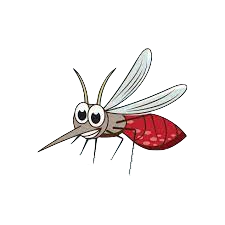
So don’t forget to bring your mosquito repellent. !
[posts_like_dislike id=6231]


